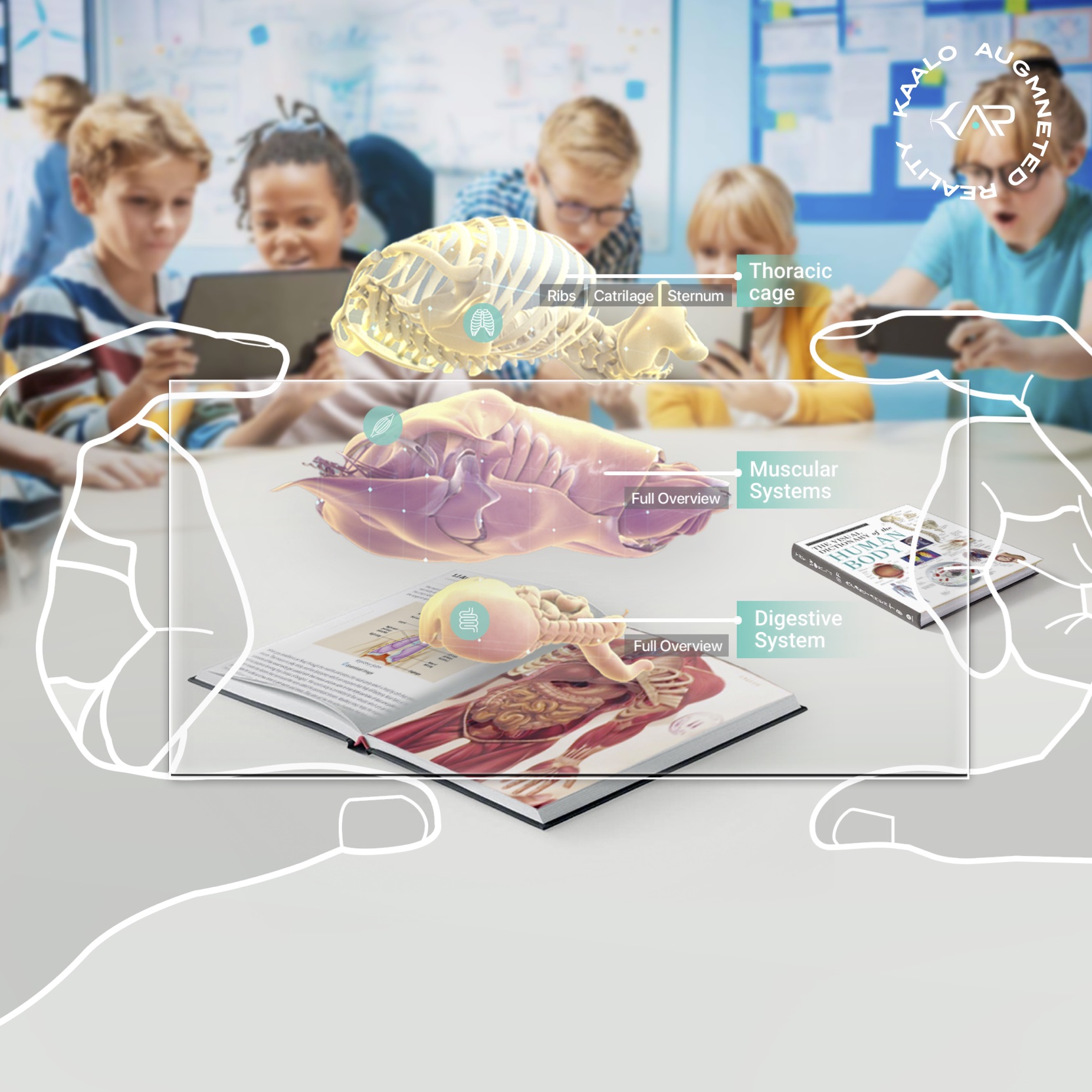For years, people have been talking about print media becoming obsolete and indeed, publications have struggled to remain relevant and financially viable. After all, why research a new product or plan your vacation with magazines when the internet puts not only text and images but video and interactive content at your fingertips. But what if the way for print media to maintain its usefulness isn’t in rejecting technology but by embracing it through augmented reality?
AR can, like its name says, augment printed materials. It can provide three-dimensional, rotatable, expandable models based on the images in books or magazines. It can call up supportive videos for more information. It can also provide translation in different languages and accessibility for people who are visually or auditorily challenged.
AR for Books
In a world where children often learn to operate digital tablets before they can talk, augmented reality can provide an enhanced experience of books, bringing characters into three dimensions. Textbooks can benefit from AR as well. Videos and other additional information can be called up through an AR app, enhancing understanding of concepts. The three-dimensional nature of AR images makes exploring language, history and math concepts more engaging. (several examples of augmented reality books)
Shopping, Product Packaging and Augmented Reality
Companies are already using AR to make interactive product labels; download a free app, point your phone at the label and the story unfolds. Jack Daniels is one of the more prominent companies using AR for marketing. Their bottle label tells stories about the history of the whiskey, teaches the distilling process and can take you on a virtual tour of their facilities. It’s easy to imagine how this concept applies to at-home shopping. AR is the link between those glossy yet archaic paper catalogs that arrive in the mail and the world of online purchasing. Point your phone at the page and learn more about the product, see videos of how it works and access a link to the online store.
AR and Product Guides
Let’s say you’ve already used AR to purchase something new — a vacuum cleaner, a new laptop or a fancy blender. That old-school product guide that has to be printed in several different languages can now be a lot smaller. An AR app can translate for you and provide additional information and three-dimensional diagrams that you can rotate or take apart without the risk of breaking your new toy. Mercedes Benz was making use of AR manuals as early as 2018, making it more fun and interactive to get to know your new car.
Augmented reality and print can work together, giving us the best of both worlds — the feel of real paper you can touch with the engaging and customizable nature of the digital world; the same target audience as a glossy paper catalog with an interactive digital touch that leads directly to the company website. Print media is far from dead and with augmented reality enhancing it, it will continue to play a role in informing and entertaining us.



